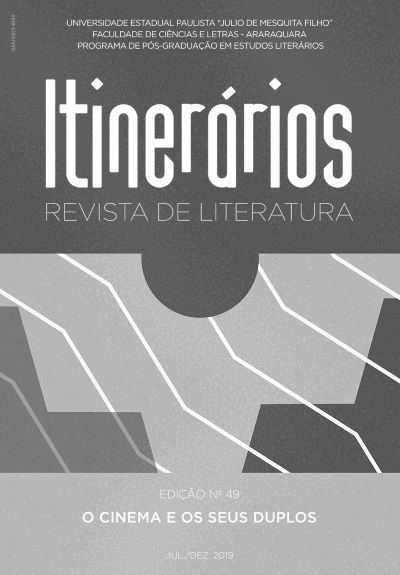A ambiguidade artístico-industrial do cinema: discussões em torno de estética, mercado, indústria e autoria
DOI:
https://doi.org/10.58943/irl.vi49.12173Palavras-chave:
Cinema comercial, Cinema de autor, Cinema mudo, Crítica,Resumo
Buscamos, neste artigo, percorrer algumas das transformações pelas quais passou o conceito cinema, ao qual agregaram-se, ao longo do século XX, as noções de arte, mercado, indústria e autor. Partindo do filme mudo, aludimos às primeiras tentativas de “elevação cultural” da forma cinematográfica e, entre elas, à proposição teórica de Ricciotto Canudo, que atestava ao cinema a dupla condição de evento científico e estético. Descrevemos também a ambiguidade autoral na origem de Cabiria, clássico hoje creditado a Giovanni Pastrone e, no passado, a Gabriele D’Annunzio. Em seguida, acenamos à afirmação do binômio arte-indústria nas discussões teóricas realizadas pelos Cahiers do Cinéma e pela Nouvelle vague, indicando suas reverberações no cinema underground e na New Hollywood americanos. Com base nessas premissas, delineamos a resistência crítica de Alberto Moravia à conciliação entre arte e mercado, assinalando a dicotomia entre o que considerava filmes de autor (os de Morrissey, Markopoulos e Warhol) e filmes comerciais (os de Kubrick, Coppola e Altman). Enfim, chegando à obra de Andy Warhol, contrapomos o pensamento de Moravia ao de Frederic Jameson, observando a confluência de ambos em torno da ideia de reificação, marca da sociedade do consumo fotografada pelo artista americano.
Downloads
Publicado
Edição
Seção
Licença
Os manuscritos aceitos e publicados são de propriedade da revista Itinerários. É vedada a submissão integral ou parcial do manuscrito a qualquer outro periódico. A responsabilidade do conteúdo dos artigos é exclusiva dos autores. É vedada a tradução para outro idioma sem a autorização escrita do Editor ouvida a Comissão Editorial.

